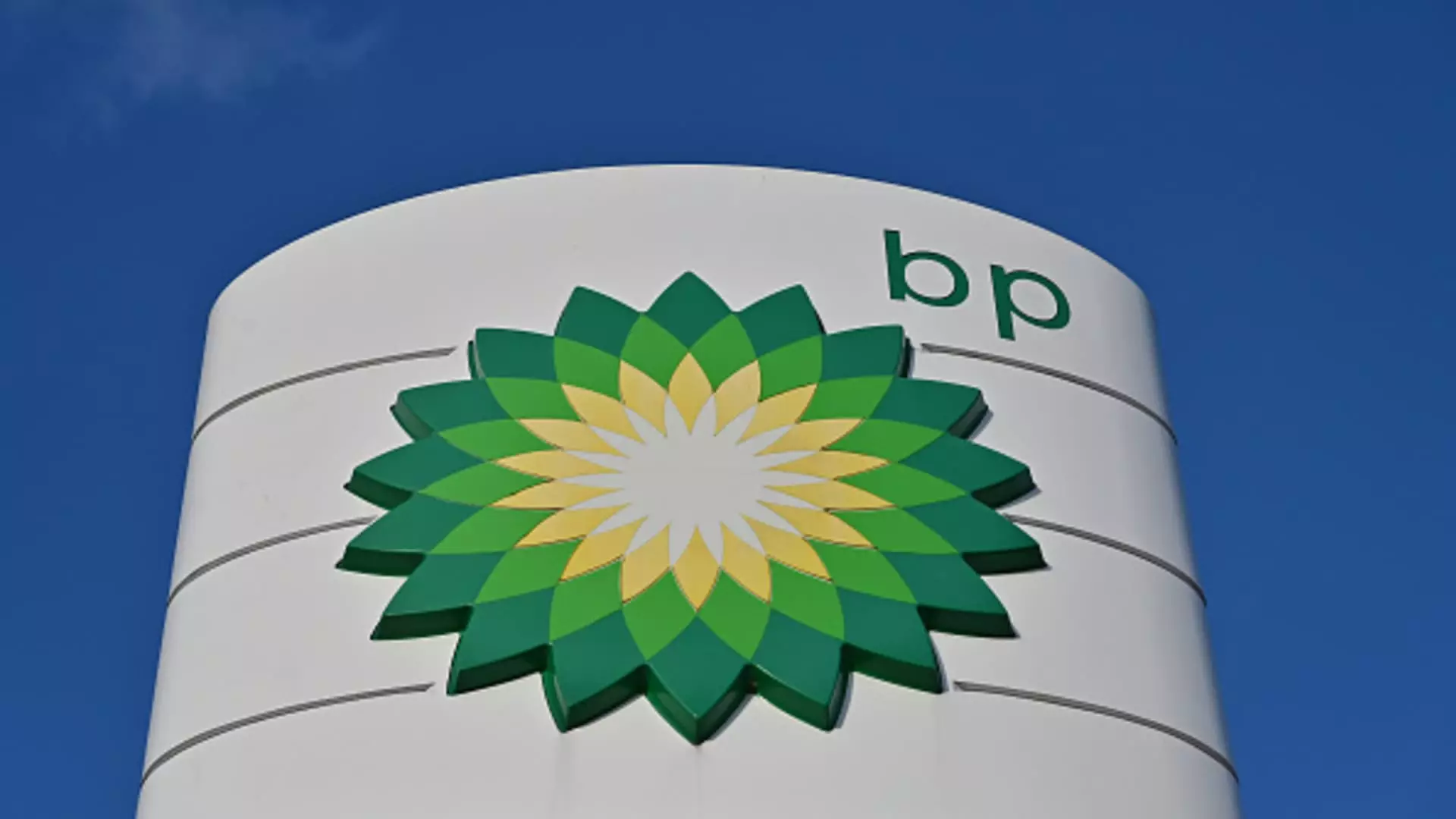British oil giant BP surprised analysts with a stronger-than-expected net profit for the second quarter of the year. Despite warnings about lower refining margins, the company reported an underlying replacement cost profit of $2.8 billion, exceeding the $2.6 billion expectations. This success allowed BP to raise its dividend by 10%, demonstrating confidence in its performance and outlook for cash generation. The decision to boost shareholder returns reflects a strategy of driving focus across the business, reducing costs, and building momentum towards its 2025 goals.
Amid challenges in the refining margins and lower oil trading results, BP confirmed a writedown of $1.5 billion, partly due to scaling back refinery operations at its Gelsenkirchen plant in Germany. Nevertheless, the company is focusing on building a simpler, more focused, and higher value organization. Recent decisions, such as giving the go-ahead for the Kaskida development in the Gulf of Mexico and taking full ownership of bp Bunge Bioenergia while scaling back biofuels projects, demonstrate a commitment to strategic investments and streamlining operations.
BP’s net debt decreased to $22.6 billion at the end of the second quarter, down from $23.7 billion compared to the same period last year. While shares of the London-listed company rose 2% following the announcement, BP’s stock price is down approximately 0.7% year-to-date. The company’s financial results come at a time when it seeks to rebuild investor confidence in its strategy. Analysts view the second-quarter earnings as resilient, with particular praise for the dividend increase and reduction in net debt.
Despite these positive developments, BP faces challenges and pressures from activist investors. The company has been under scrutiny from Bluebell Capital Partners to increase its oil and gas investments and reduce green pledges. Under the leadership of Bernard Looney, who resigned in September, BP committed to lower emissions by 35% to 40% by the end of the decade. However, recent reports indicate a shift in climate plans, with a target of a 20% to 30% emission cut. This change reflects the balancing act of investing in oil and gas while addressing environmental concerns.
In response to financial pressures, BP’s CEO Murray Auchincloss imposed a hiring freeze and paused renewables projects as part of a cost-cutting plan to boost returns. These measures are aimed at addressing rising net debt and optimizing investments. While the company remains committed to its strategic goals, adjustments are being made to ensure financial stability and long-term growth.
BP’s recent financial performance reflects both achievements and challenges. The company’s ability to exceed profit expectations, raise dividends, and reduce net debt demonstrates a commitment to financial strength and shareholder value. However, pressures from activists, changing climate plans, and the need to balance oil and gas investments with green initiatives present ongoing challenges. By making bold moves, strategic investments, and cost-cutting measures, BP aims to navigate these challenges and position itself for sustainable growth in the future.

